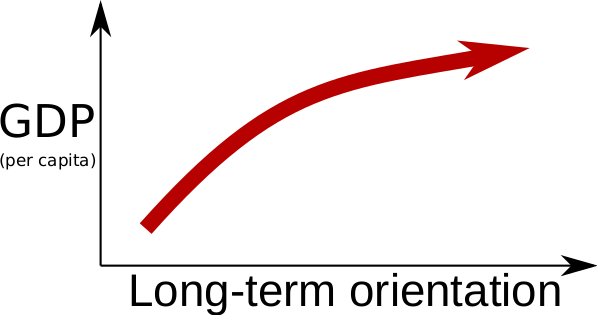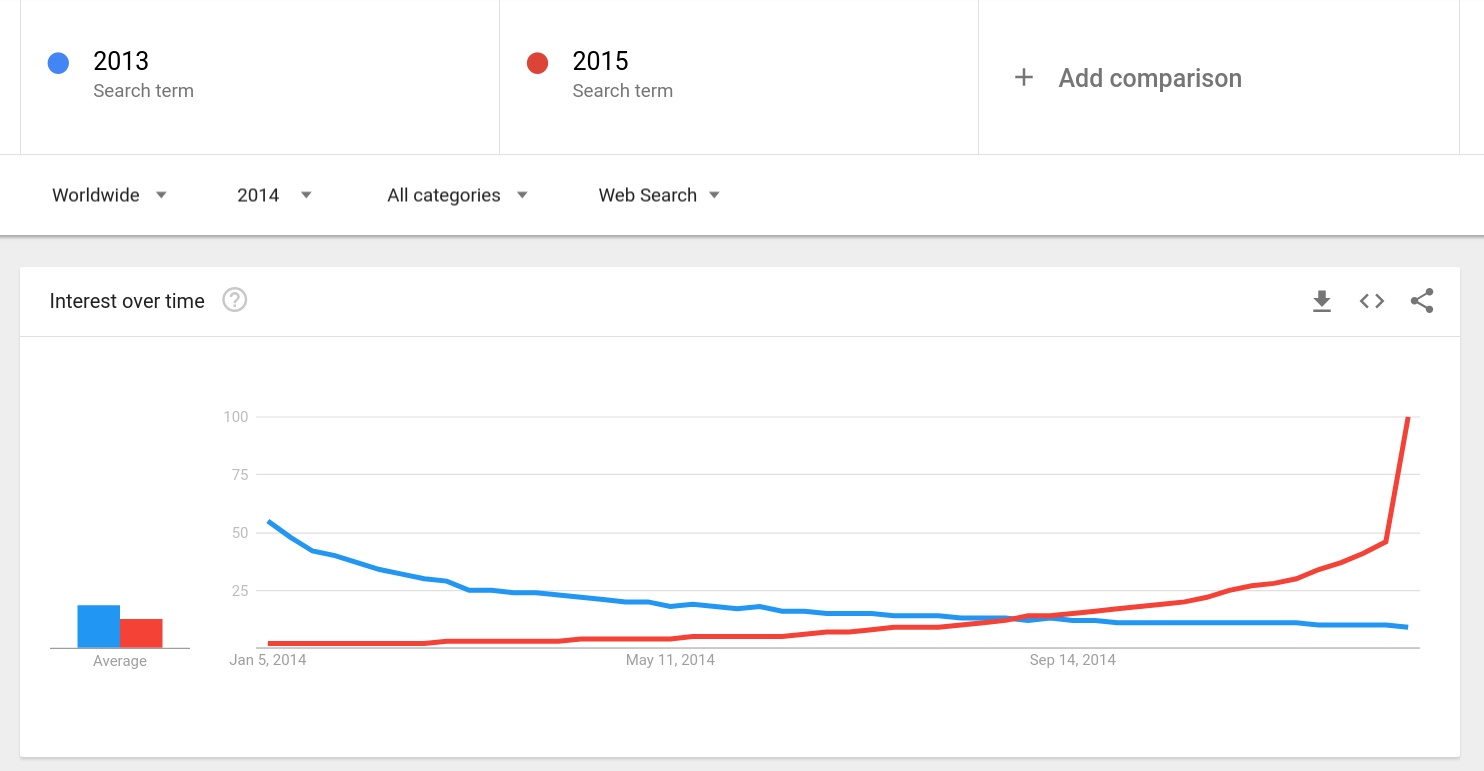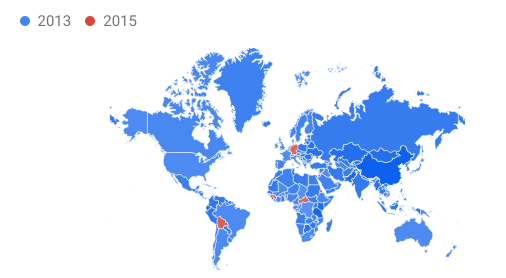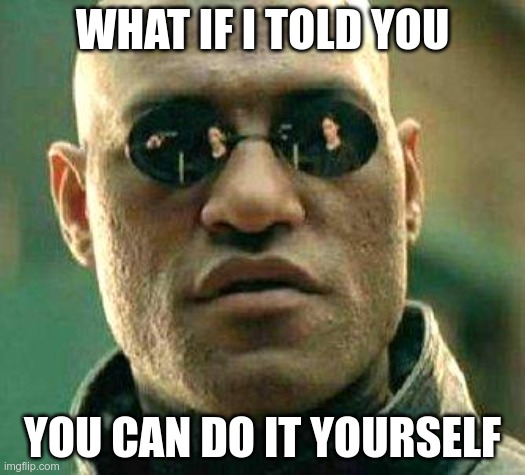class: center, middle, inverse, title-slide .title[ # Measuring Temporal Orientation with Google Trends ] .author[ ### David Garcia <br><br> <em>ETH Zurich</em> ] .date[ ### Social Data Science ] --- layout: true <div class="my-footer"><span>David Garcia - Social Data Science - ETH Zurich</span></div> --- # Time, culture, and the economy What is the relationship between culture and the economy?  --- ## Long-term orientation and economic development > **Long-Term Orientation (Geert Hofstede)** Long-term oriented societies believe that the most important events in life will occur in the future; short-term oriented societies believe that those events occurred in the past or take place now. .center[] --- ## Measuring the Future Orientation Index [Pres et al. 2012](https://www.nature.com/articles/srep00350) proposed a way to measure how much a society looks towards the future with Google Trends, the Future Orientation Index (FOI). The FOI for a country *c* on year *y* is calculated as: .center[ `\(FOI_{c,y} = \frac{G(y+1,y,c)}{G(y-1,y,c)}\)` ] where `\(G(y_1,y_2,c)\)` is the Google Trends volume for searches for year `\(y_1\)` during year `\(y_2\)` from country `\(c\)`. The FOI measures the ratio of search volume from a country for next year divided by the search volume for the previous year in the same country. --- # Example of trends for FOI .center[] --- # Example of trends for FOI .center[] --- .center[]